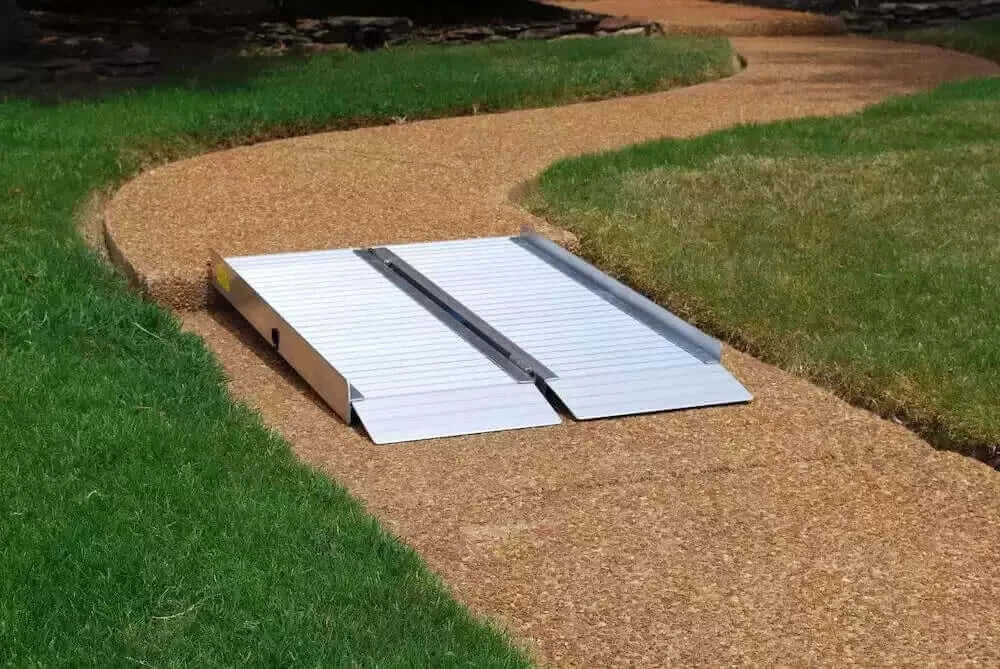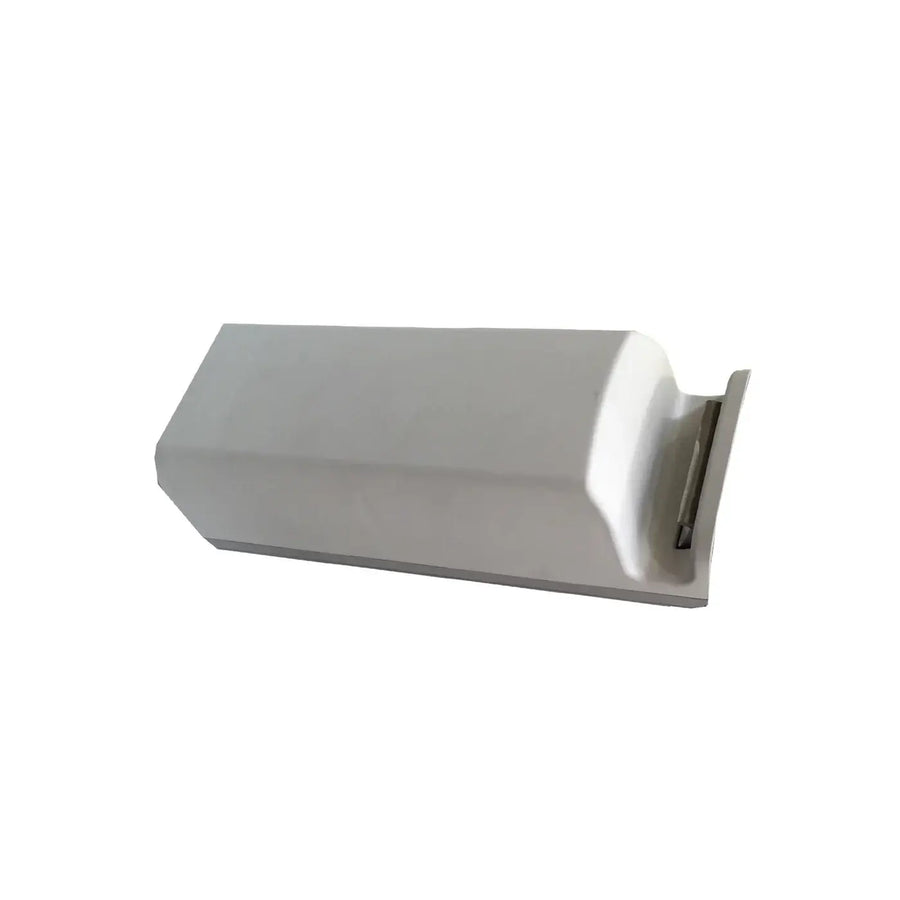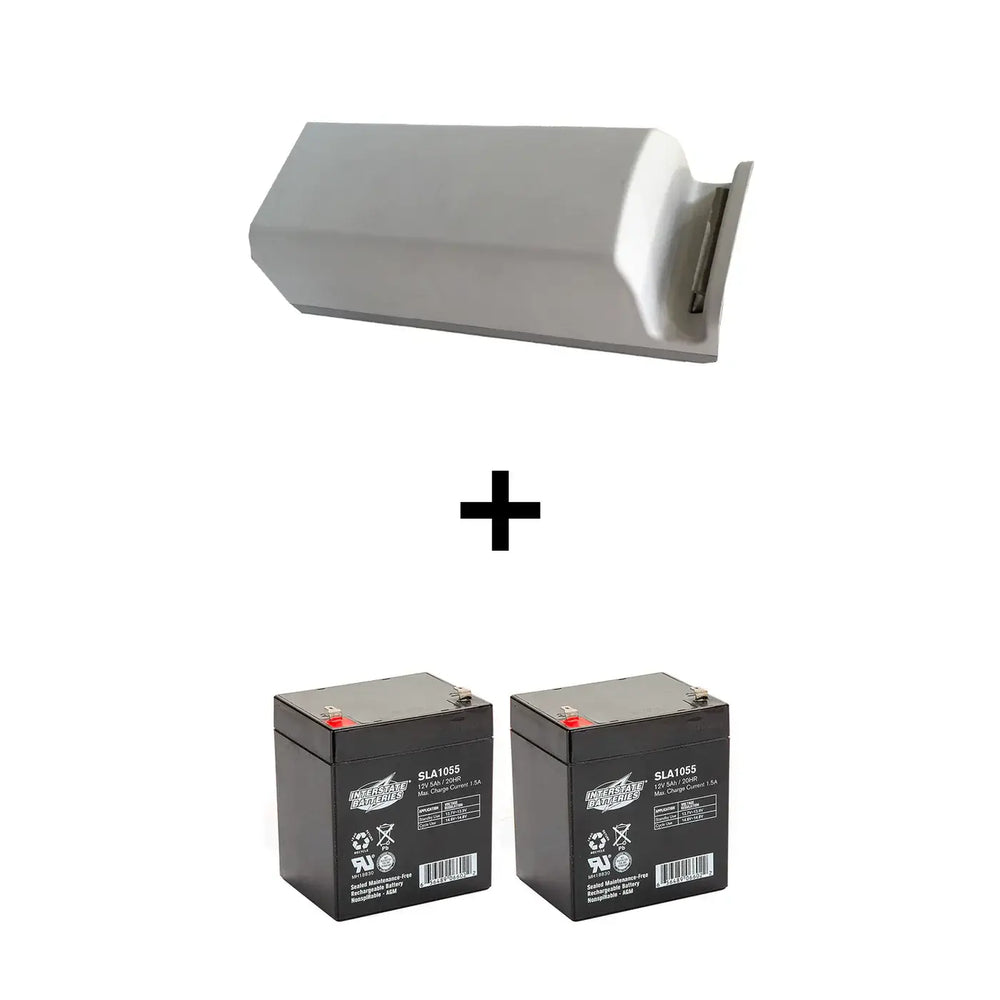Is A Hoyer Lift Same as Patient Lift Sling?
When you're assisting a loved one with limited mobility, you might wonder if a Hoyer lift is the same as a patient lift sling. While both are essential for safe patient handling and transfers, they serve distinct purposes. The lift provides the mechanical strength to lift, while the sling offers the support needed for patient comfort and optimal safety. So, what exactly sets them apart, and how can you guarantee you're using these medical devices effectively?

Understanding Hoyer Lifts: Definition and Functionality
When you need to transfer someone with limited mobility, a Hoyer lift can be a lifesaver. This hydraulic or electric lifting device is designed to assist caregivers in lifting and moving individuals safely and comfortably.
With its sturdy frame and mechanical system, it allows you to elevate a person from a bed to a wheelchair or vice versa, minimizing the risk of injury for both the caregiver and the individual being lifted. Hoyer lifts are considered essential patient lifting equipment for both clinical and home use.
Using a Hoyer lift is straightforward. You position the lift near the person, secure the sling around them, and then operate the lift to raise them. Its wheels allow smooth repositioning from one location to another. The lift u sling or universal sling, depending on the model, attaches via clip sling or strap mechanisms.
This system is especially helpful for individuals who cannot stand or bear weight, providing a safe and easy patient transfer solution.
The Role of Patient Lift Slings: Types and Uses
Although Hoyer lifts are essential for patient lifting, the patient lift sling plays a central role in ensuring secure positioning and hygiene during the lifting process.
Slings for patient lifts are made of various materials, including polyester, nylon, and breathable mesh sling styles. A full body lift sling offers maximum support, while toileting sling options, such as a lift sling with commode opening, offer easy access and maintain hygiene. A padded lift provides extra comfort for sensitive patients.
Common types of patient slings include:
-
Full body mesh lift sling and universal full body mesh lift models for general lifting needs
-
Divided leg patient lift sling for easier application under the patient
-
Sling without head support for patients with sufficient neck strength
-
Sling with head support for patients needing extra neck and head stabilization
-
Toileting sling or mesh lift sling with commode for toileting or bathing
These slings are designed for different slings needs, such as sit to stand lift, full body patient lift, or manual patient repositioning. Choosing a sling based on the type of sling needed, sling size, and body of the user helps ensure safe patient handling and improves patient comfort.
Key Differences Between Hoyer Lifts and Patient Lift Slings
When considering hoyer lifts and slings for patient lifts, it's crucial to understand that one is a mechanical lifting device and the other is a support mechanism.
Equipment Functionality Comparison
-
Hoyer lift: A powered or hydraulic medical device that provides the lifting force.
-
Patient lift sling: A support fabric that cradles the patient during transfer and attaches to the lift.
The lift performs the motion of transferring, while the sling stabilizes and supports the patient’s body.
Usage Scenarios Explained
Hoyer lifts are optimal for safe transfer of a patient from beds, chairs, or wheelchairs. They’re ideal for patients who are non-ambulatory, bariatric, or unable to sit or stand without assistance.
On the other hand, a lifting sling is chosen based on the specific task. For instance, a repositioning sling helps reposition a patient in bed, while a stand assist sling supports semi-mobile patients in a sit to stand device.
Each sling style offers unique benefits and must be chosen according to the medical situation, sling based positioning requirements, and patient mobility.
Safety Features of Hoyer Lifts
Stability During Lifting
Patient lifts operate best on level surfaces. Ensuring stability starts with proper floor conditions, correct use of patient sling attachments, and smooth motions during operation.
Using a sling with lower back support or back support padding reduces the risk of injury during the transfer of a patient. Always verify sling compatibility to avoid slippage or strain.
Emergency Release Mechanism
Emergency lower mechanisms allow for fast descent in case of lift malfunction. Familiarity with this feature ensures optimal safety during emergencies.
Hoyer lifts, like those by Drive Medical, typically feature manual override functions for safe lifting and lowering regardless of power availability.
Choosing the Right Patient Lift Sling
Selecting the right sling involves evaluating several factors:
-
Sling size and fit: Match to patient’s weight and body shape
-
Sling style: Whether you need a padded sling, mesh sling, or solid fabric style
-
Purpose: Repositioning, toileting, or full body transfers
-
Weight capacities: Ensure the sling meets the patient’s body weight
-
Material: Polyester mesh for breathability, nylon for durability
-
Disposability: Choose reusable or disposable slings based on hygiene requirements
Universal sling options are compatible with most patient lifts and slings. However, always ensure patient lift sling universal compatibility before use.
Best Practices for Using Hoyer Lifts and Slings
To maintain safety and efficiency, follow these best practices:
-
Inspect both the lift and sling before each use
-
Choose the appropriate sling for the task
-
Position the patient in the sling securely before lifting
-
Communicate with the patient throughout the process
-
Use slow, steady movements
-
Store the equipment in a dry, clean place
Correct positioning and attachment of the lifting sling prevent slippage and ensure safe and easy patient handling. Always follow manufacturer guidelines for sling use and inspect for wear on clip sling or strap connections.
Enhancing Patient Mobility: Benefits of Proper Equipment Usage
Using the right transfer aid not only supports mobility but also enhances quality of life for the patient and the caregiver.
Key benefits include:
-
Safe lifting: Reduces the risk of caregiver back injuries and patient falls
-
Patient comfort: A properly fitted medical sling ensures smooth, dignified movement
-
Efficient transfer: Moving the patient from one location to another becomes easier and faster
-
Versatility: Slings come in a range of designs like sling for transfer, padded lift, or sling with lower back support
-
Improved hygiene: Mesh or toileting sling options with a commode opening help in maintaining cleanliness
Safe and easy patient transfers rely on having the appropriate sling style, material, and lift system in place.
Whether you're providing in-home care or working in a medical facility, understanding the distinction between hoyer lifts and patient slings is vital. Patient lifts and slings are made for teamwork—each playing a critical role in ensuring safe patient mobility, preventing risk of injury, and supporting both the patient and the caregiver in every lift.
Looking for the Right Patient Lift or Sling Solution? Reliable Ramps Has You Covered
At Reliable Ramps, we specialize in helping patients, caregivers, and healthcare professionals find the best mobility solutions for every need. From hydraulic patient lifts to medical slings with head support, we offer dependable equipment for safe transfers and optimal safety.
Whether you're choosing a full body mesh lift sling, a toileting sling our team is here to guide you every step of the way. We carry high-quality, American-made lifting slings and lift systems designed for comfort, support, and long-lasting durability.
Reach out to us today to find the right sling based on your patient's weight and body type, lifting needs, and daily care routine. Let Reliable Ramps be your trusted partner in safe patient handling. Contact us now for expert help and personalized product recommendations that ensure safety, ease of use, and peace of.






